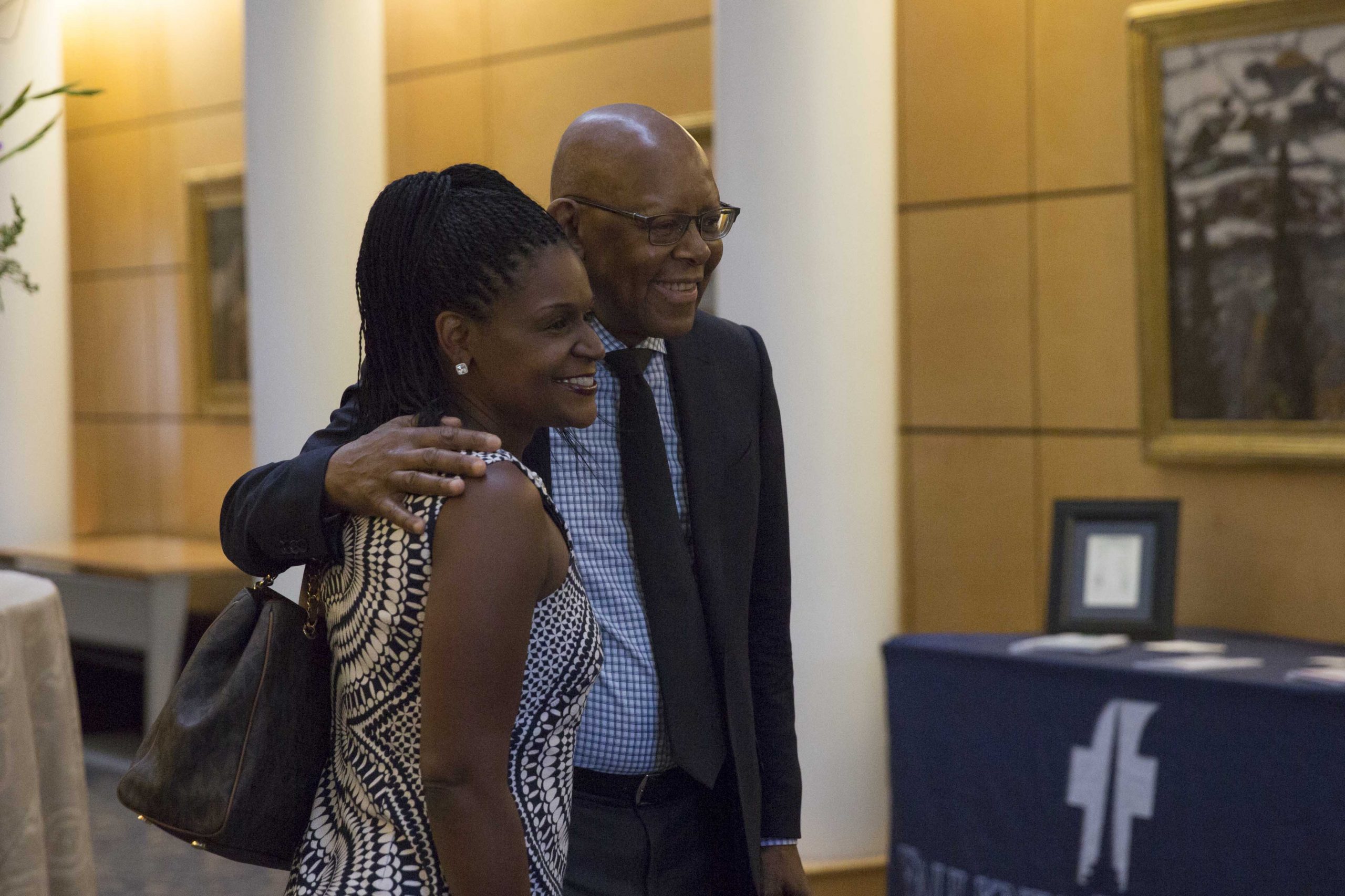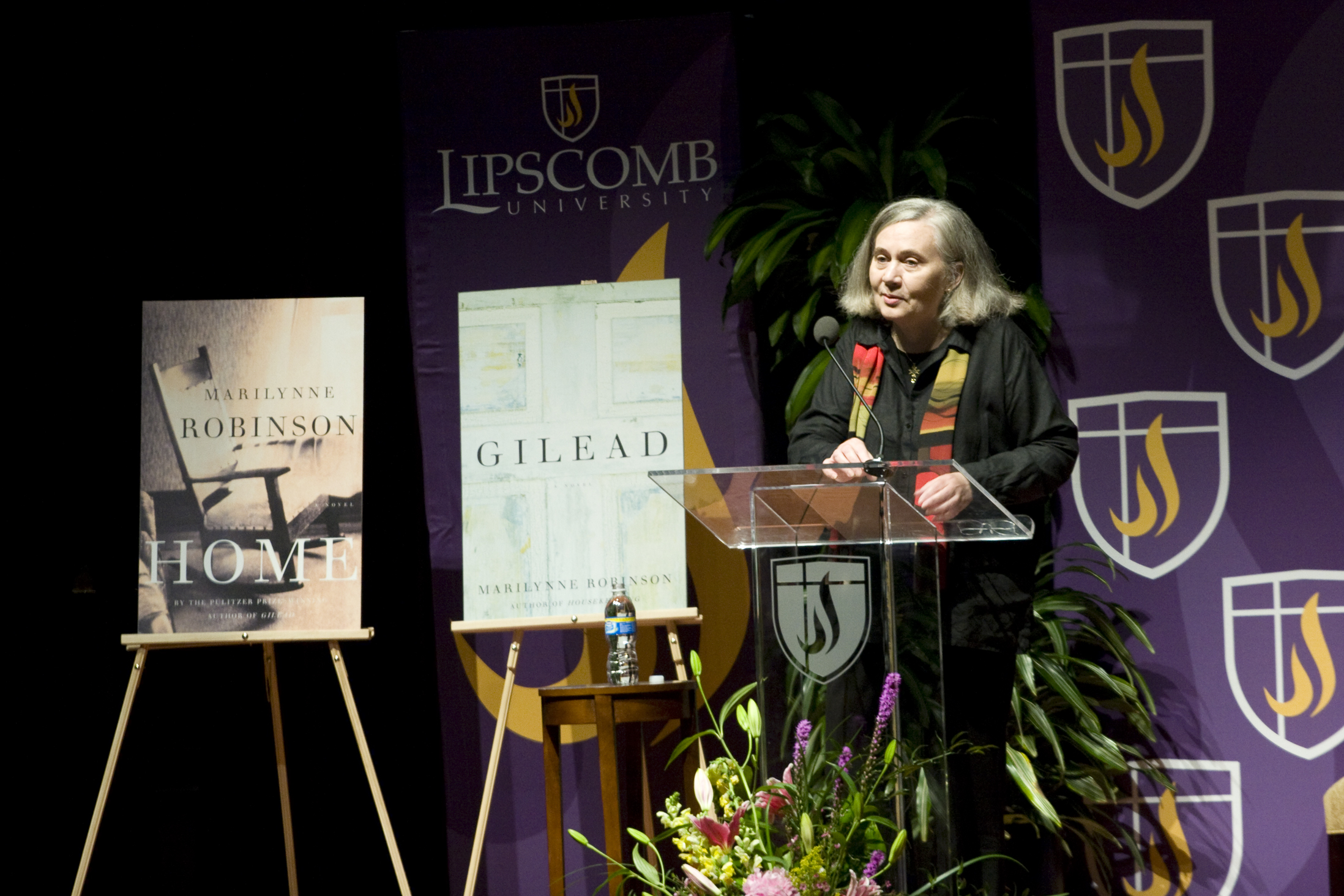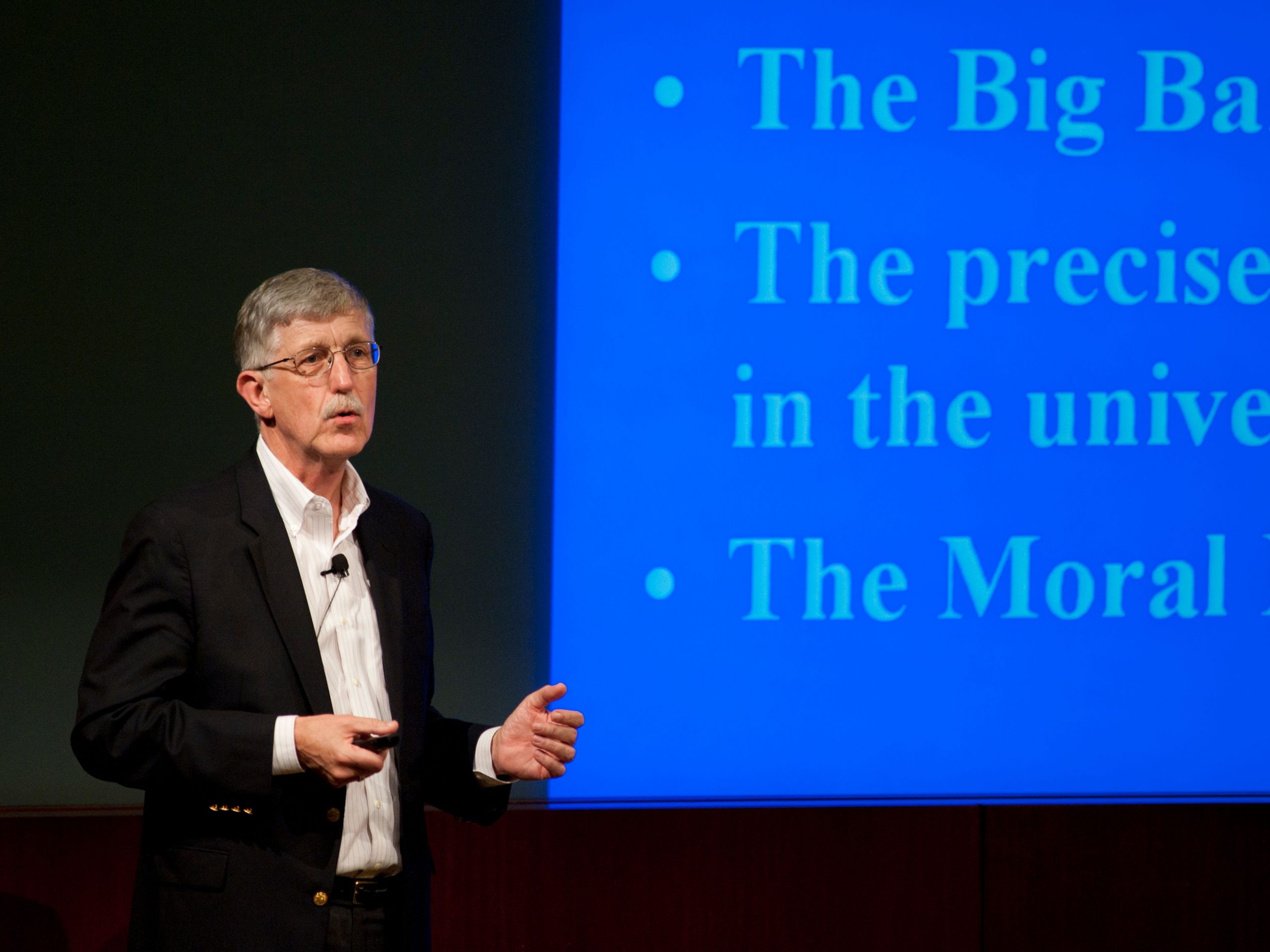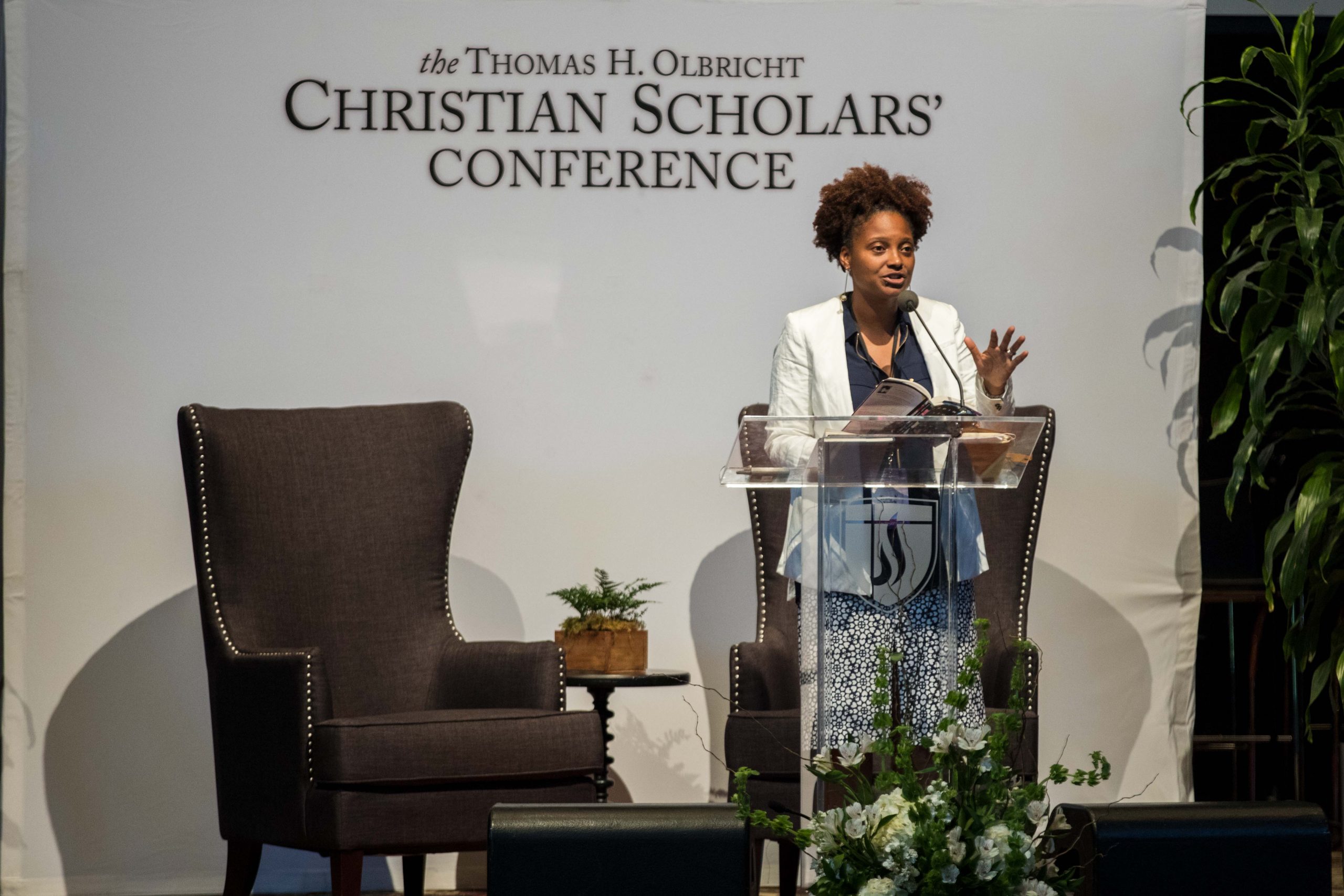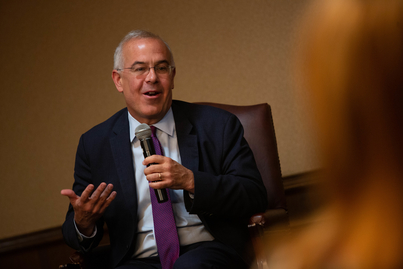Engaging ‘Publics’ in the Churches of Christ and the Disciples of Christ in the Twentieth Century – A Peer Reviewed Session
When: June 9, 2021, 2:45 pm - Wednesday
Where: Ezell 138
Session 2
Session Abstract
Although secular people conceptualize American religion as a private affair, religious people (including those in the Stone-Campbell/Restoration Movements) frequently interact with a variety of “publics,” both internal and external. This session explores engagements in the Churches of Christ and the Disciples of Christ between church and state, between traditional and progressive, and between black and white as panelists describe a planned University of Alabama School of Religion, examine the controversy that followed the publication of Mission, and evaluate a brief period of desegregation activism within Church of Christ.
Paper Abstracts
John Young, Amridge University, “Disciples of Christ and the University of Alabama School of Religion that Wasn’t, 1920-1935”
This paper reconstructs the story of the Disciples’ proposed “UA School of Religion” and explores the broader relationships between southern state universities and churches in the early twentieth century. The cash-strapped context of 1920s Alabama gave space for UA President Denny to expand (often in unorthodox fashion) the number of programs the university offered. The proposal by the Disciples to fund and operate a school of religion under university auspices, approved though never implemented, fit well into this program of growth, but was ultimately supplanted by a more traditional “Bible Chair” arrangement in which the Disciples were prevented from participating.
David W. Hester, Faulkner University, “Addressing the Legacy of Mission Journal: A Call for Careful Accuracy”
Mission, according to some commentators, was developed to move beyond “battles of the past” and address contemporary challenges like racism, poverty, and others. It was also claimed that the journal would be more ecumenical in outlook. Instead, the journal brought division. That division is still present. The debate over the legacy of Mission is one that still resonates today. While some might present that legacy in a positive light, careful attention to a broader picture reveals a less idyllic view. It is incumbent on Christians and scholars to recognize the impact, left and right.
Paul A. Anthony, Florida State University, “The Long, Hot Summer: King, Keeble, and the Collapse of Consensus among Churches of Christ”
In 1968, white Churches of Christ experienced for the first time a convulsive debate over race relations. Informal power structures that had previously suppressed discussion of civil rights or criticism of segregation suddenly struggled to contain a rising tide of debate. This paper tells the story of that tumultuous year through the lens of the publications and editors who documented it, however willingly, within a context of nascent media democratization that would lead to increasing upheaval among Churches of Christ in subsequent decades.
Speakers
Todd Brenneman and Joshua Fleer, Faulkner University and Lipscomb University, Conveners
- John Young, Turner School of Theology/Amridge University, “Disciples of Christ and the University of Alabama School of Religion that Wasn’t, 1920-1935”
- David W. Hester, Faulkner University, “Addressing the Legacy of Mission Journal: A Call for Careful Accuracy”
- Paul A. Anthony, Florida State University, “The Long, Hot Summer: King, Keeble, and the Collapse of Consensus among Churches of Christ”
- Douglas A. Foster, Abilene Christian University, Respondent

